Menu
Menu
Menu
Prep Work Fact Sheet
Peeling Trim
It’s very common for areas on the trim to begin to peel. Most trim that’s peeling is real wood, such as 1×2’s used on fascia, door trim, garage trim or railings. Any areas where moisture or snow accumulates can also start to peel. These areas take a lot of damage from moisture sitting on them and freezing, then thawing while constantly beating on the paint. Once the paint begins to peel, those areas on your home are exposed. When water gets into the wood and freezes, or water is constantly running through the wood, you’ll see the wood begin to get gray. This leads to rotting boards that need to be replaced, which can get expensive. Any areas on your home that are peeling will most likely be the same areas that will peel in the future. We recommend taking special care of these damage prone areas. Sanding this area after scraping off loose, peeling paint will smooth out the edge between what has peeled off and what has not peeled, and sanding will also create a better surface for us to apply the paint onto. Finally, after the area has been scraped and sanded, we recommend using a high quality primer to seal the surface. The sanded wood creates adhesion for the primer, and the primer will create a better surface for the paint to bond to than if we just apply paint to wood.
Peeling Siding
Peeling siding needs to be taken care of properly and in a timely manner. When most homes are first built, they apply a very thin layer of paint applied with minimal prep work. After 7-10 years, many times the underside of the siding will start to peel, specifically on the North side of the home. The North side of the home experiences less sunshine, so moisture is more likely to stick around longer. This moisture slowly wears away the paint on the underside of the siding boards. Each time it rains or snows, moisture runs down the side of the house, wearing down the paint slowly as some of the water is absorbed into the bottom of the siding. The lower siding boards experience this more than the siding boards on the 2nd story. Eventually, the underside will start to peel, leading to an exposed board. If this is not taken care of, your siding boards will begin swelling and can lead to replacement. Replacing siding can be very costly. We recommend to sand off any peeling paint on the bottom of the siding boards. After sanding, we would prime those areas to seal up the boards before applying any paint. If this is not done properly, you can only expect the job to last about 2-4 years before these areas start to peel again. If done properly, you can expect it to last more like 5-7 years.
Cracking
Cracking is one of the most common paint problems in CT. Builders use inexpensive and low quality caulking when building and painting your house. As the temperatures change, your house expands and contracts. As this happens over and over again, the caulking doesn’t hold up and begins to break down and crack, leaving your home exposed. Moisture can get into these cracks and can then go back behind your boards. This leads to boards warping away from the house, or boards rotting from the inside out. In order to properly protect your home, we recommend resealing all of these cracks with a siliconized acrylic caulking. Silicone is more flexible than standard contractors caulking, so it will breathe with the house and last longer. However, paint will not stick to silicone caulking. This is why we recommend siliconized acrylic caulking that is paintable and durable.
Fading
Fading or chalking is another very common problem in CT. Sunny days at high altitude blasts your home with UV rays, which breaks down the resin in the paint. Resin is the primary component in paint that protects the home. Pigment gives it the color. When the house starts to fade, it is an indication that the resin has broken down in the paint and there is minimal protection on your home. Without protection on the house, moisture will get into those boards (usually siding boards) and lead to warped siding boards which can be expensive to replace. We recommend a power wash to wash off any dust and residue from the chalking resin. For sides that experience the most sunlight, we also recommend a second coat or a coat of primer for extra protection. This will provide a higher level of resin and protection for that side of the home, ensuring that it will not fade as quickly so you also receive a longer lasting and more durable paint job.
Nail Holes
Moisture can sit in nail holes around the house and expand your siding. You’ll see areas where there are nail holes beginning to swell due to moisture getting into those areas. If you only paint over these, there will still be a small pocket for water to sit. We recommend caulking these nails holes to leave an even surface for moisture to flow off of rather than sitting there and breaking down the paint.

Priming Drywall for Paint
Indoors
Prior to beginning your painting job, we will do a walk-through of the space and inspect your drywall for any existing damage. We carefully repair the damage and sand the area down until it is completely smooth and flush to ensure that you will get the best look after the painting is complete.
About Our Services


(860) 255-8270

Menu



